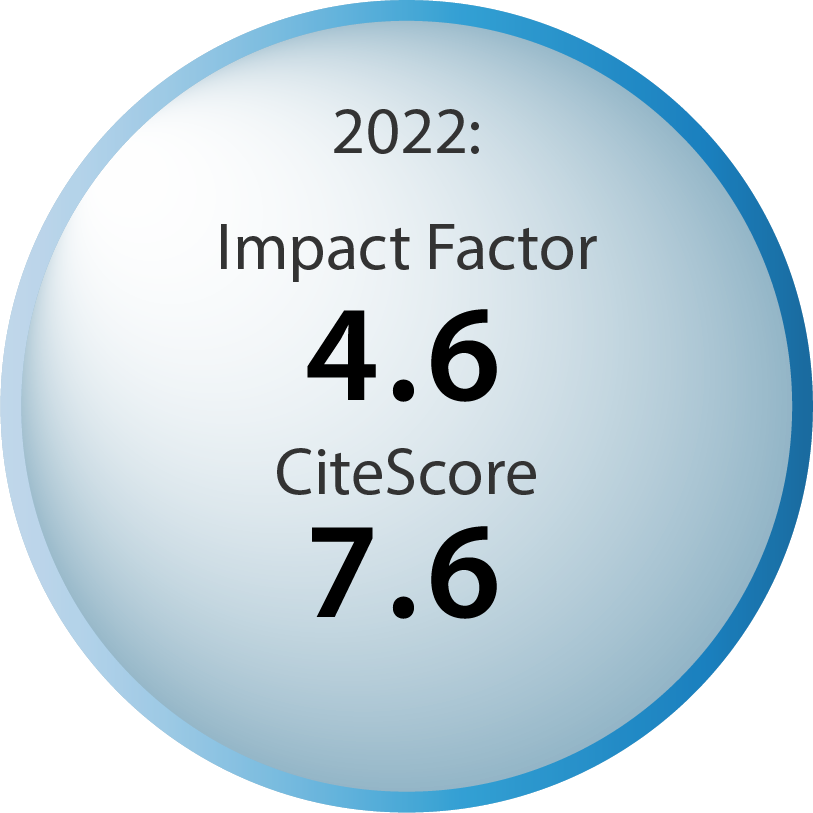Reviews:
Microbial Cell, Vol. 12, No. 1, pp. 65 - 75; doi: 10.15698/mic2025.03.846
Unveiling the molecular architecture of the mitochondrial respiratory chain of Acanthamoeba castellanii
1 Tecnologico de Monterrey, Escuela de Ingeniería y Ciencias, Ave. Eugenio Garza Sada 2501, 64849, Monterrey, N.L, Mexico. 2 Centre for Discovery Brain Sciences, Edinburgh Medical School, Biomedical Sciences, University of Edinburgh, Hugh Robson Building, George Square, Edinburgh, EH8 9XD, Scotland, UK.
Keywords: Acanthamoeba castellanii, mitochondria, respiratory chain, alternative oxidase, alternative NADH dehydrogenase, uncoupling proteins.
Received originally: 07/11/2024 Received in revised form: 14/02/2025
Accepted: 25/02/2025
Published: 31/03/2025
Correspondence:
Alvaro de Obeso Fernandez del Valle, adeobeso@tec.mx
Conflict of interest statement: The authors declare no competing interest.
Please cite this article as: Christian Q. Scheckhuber, Sutherland K. Maciver and Alvaro de Obeso Fernandez del Valle (2025). Unveiling the molecular architec-ture of the mitochondrial respiratory chain of Acanthamoeba castel-lanii. Microbial Cell 12: 65-75. doi: 10.15698/mic2025.03.846
Abstract
Acanthamoeba castellanii is a ubiquitous free-living amoeba that can cause severe infections in humans. Unlike most other organisms, A. castellanii possesses a “complete” mitochondrial respiratory chain, meaning it contains several additional enzymes that contribute to its metabolic versatility and survival in diverse environments. This review provides a comprehensive overview of the mitochondrial respiratory chain in A. castellanii, focusing on the key alternative components involved in oxidative phosphorylation and their roles in energy metabolism, stress response, and adaptation to various conditions. The functional characterization of the alternative oxidase (AOX), uncoupling protein (UCP), and alternative NAD(P)H dehydrogenases, highlight their roles in reducing oxidative stress, modulating proton gradients, and adapting to changes in temperature and nutrient availability. These proteins and systems serve a role in the survival of A. castellanii under stressful conditions such as starvation and cold conditions. Further knowledge of the respiratory chain of the amoeba has potential implications for understanding the evolution of mitochondrial respiration and developing new therapies for treating Acanthamoeba infections.
For full text please see the pdf.
ACKNOWLEDGMENTS
Paola Elizabeth Martínez de la Mora assisted in creating and developing the figure and graphical abstract.
This research received no specific grant from any funding agency in the public, commercial or not-for-profit sectors.
COPYRIGHT
© 2025

Unveiling the molecular architecture of the mitochondrial respiratory chain of Acanthamoeba castellanii by Scheckhuber et al. is licensed under a Creative Commons Attribution 4.0 International License.









